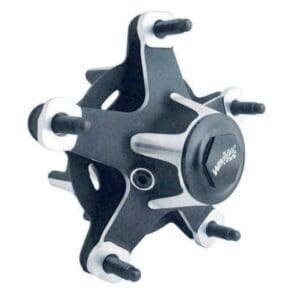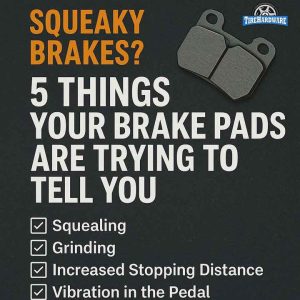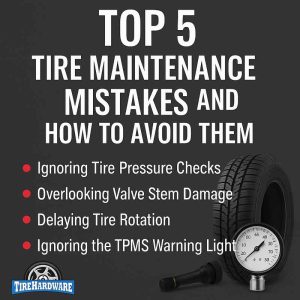Proper tire pressure is crucial for safe driving, good fuel efficiency, and extending the life of your tires. Whether you’re driving a passenger vehicle, towing a trailer, or operating a heavy-duty semi-truck, knowing the correct tire pressure helps ensure your vehicle performs at its best. Here’s a straightforward guide to help you find out how much air pressure to put in your tires.
1. Check the Manufacturer’s Recommendations
The first place to look for the correct tire pressure is the manufacturer’s recommendation. You can usually find this information in the following locations:
- Passenger Vehicles: Check the sticker inside the driver’s side door. It lists the recommended tire pressure for both the front and rear tires.
- Trailers: Look for the tire pressure recommendation on a label near the trailer hitch or in the owner’s manual. For custom built trailers, tire pressures may be listed on the tires themselves.
- Motorcycles: The recommended tire pressure is usually listed in the owner’s manual.
- Heavy-Duty Semi-Trucks: The recommended tire pressure is often listed in the vehicle’s manual or on a plaque located inside the driver’s side door.
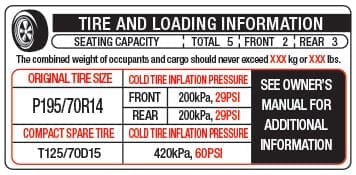
These recommendations are based on the vehicle’s design, weight, and intended use. Always follow these guidelines for the best performance.
2. Consider the Load
The amount of weight your vehicle carries affects tire pressure. If you’re carrying a heavy load, such as towing a trailer or hauling cargo, you might need to adjust the tire pressure. Here’s how to determine the right pressure:
- Passenger Vehicles: If the car is fully loaded with passengers or cargo, increase the tire pressure slightly, but do not exceed the maximum pressure listed on the tire’s sidewall.
- Trailers: When towing, ensure the trailer’s tires are inflated to the maximum pressure indicated on the tire’s sidewall. This helps support the additional weight.
- Motorcycles: Different pressures may be listed for single rider use and for use when there is a passenger.
- Heavy-Duty Semi-Trucks: Truck drivers should adjust tire pressure based on the axle load. Use a load and inflation chart, available from tire manufacturers, to find the right pressure for the load you’re carrying.
3. Use a Reliable Tire Pressure Gauge
To accurately check and adjust your tire pressure, use a quality tire pressure gauge. Here’s a simple way to check:
- Remove the Valve Cap: Unscrew the cap on the valve stem of the tire.
- Press the Gauge onto the Valve: Ensure you press down firmly to get an accurate reading.
- Read the Pressure: Most gauges display the pressure in PSI (pounds per square inch).
- Adjust as Needed: If the pressure is too low, add air until you reach the recommended level. If it’s too high, release some air by pressing the pin in the valve stem until the pressure drops to the right level.
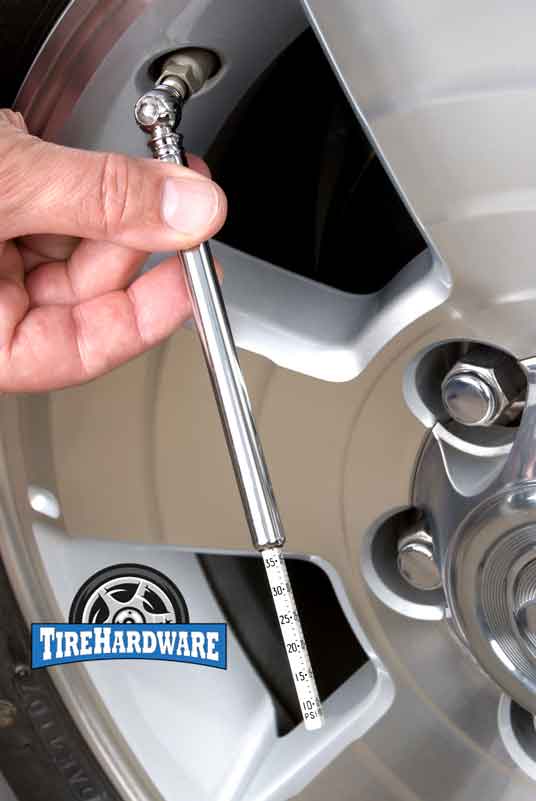
4. Check Tire Pressure Regularly
Regularly checking your tire pressure is essential, especially before long trips or when the weather changes. Temperature fluctuations can affect tire pressure:
- Cold Weather: Tire pressure tends to drop in colder weather, so check it more frequently during winter.
- Hot Weather: Tire pressure can increase in hot weather, so it’s important to check and adjust it as needed.
5. Be Aware of the Maximum Tire Pressure
Every tire has a maximum pressure rating, which is usually printed on the sidewall of the tire. This is the maximum PSI the tire can handle safely. However, this is not the recommended pressure for daily driving—it’s the limit. Always follow the vehicle manufacturer’s recommendation instead of inflating to the tire’s maximum pressure.
Maintaining the correct tire pressure is vital for safety, fuel efficiency, and tire longevity. By following the manufacturer’s recommendations, adjusting for load, using a reliable gauge, and checking regularly, you can ensure your tires perform optimally. Whether you’re driving a passenger car, towing a trailer, or operating a semi-truck, proper tire pressure keeps you safe and your vehicle running smoothly.





